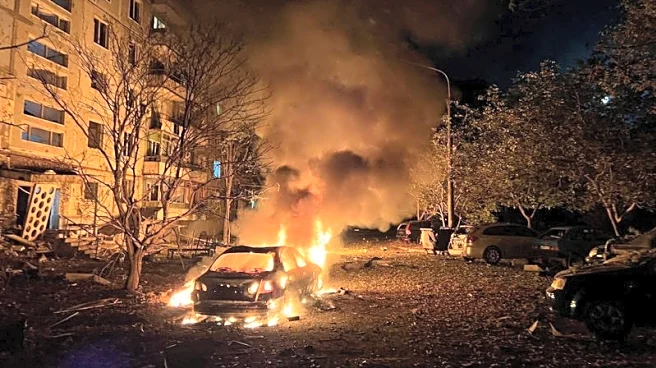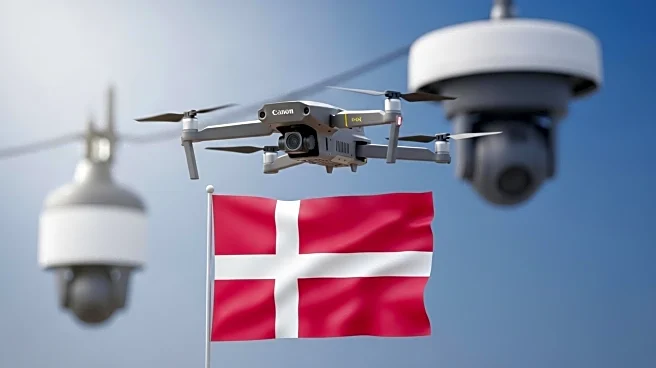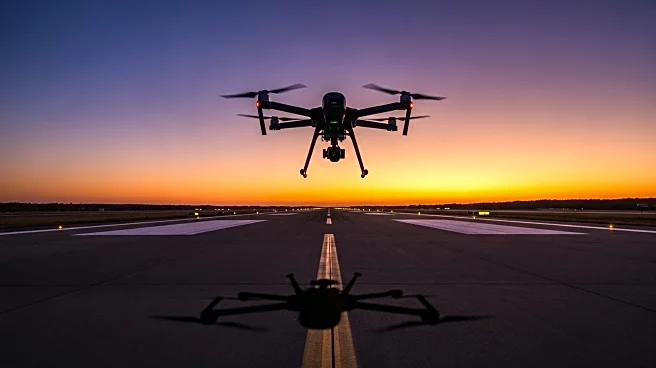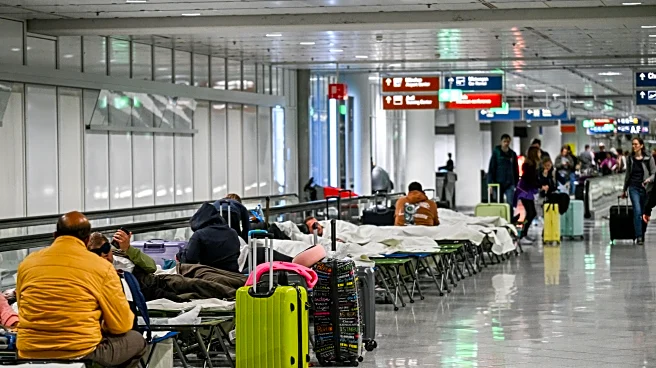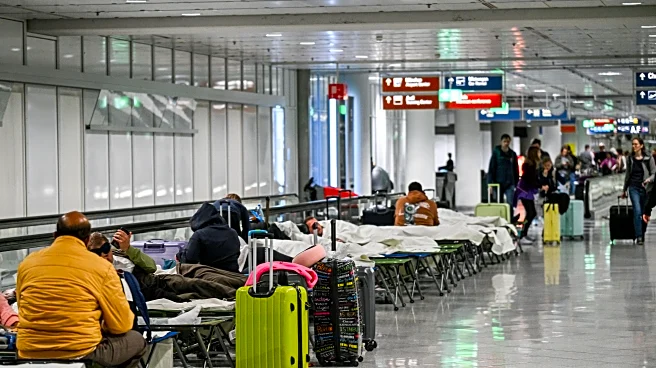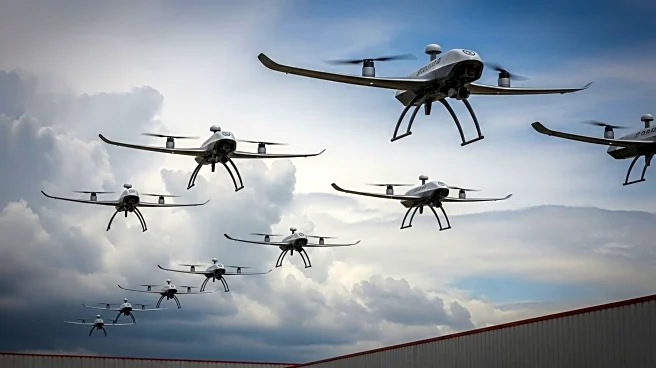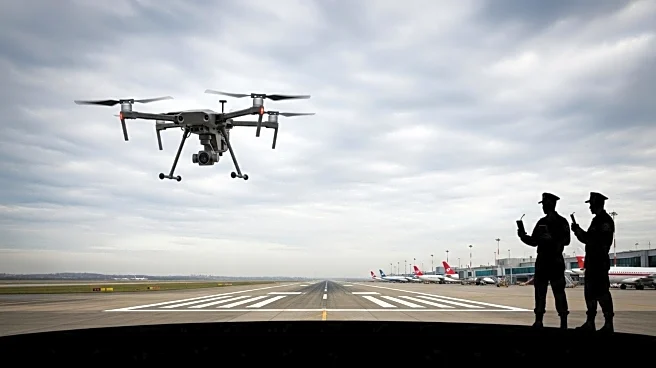What's Happening?
Lithuania's Vilnius Airport, the country's largest and busiest, resumed operations early Sunday after a temporary suspension of flights due to balloons potentially entering its airspace. The closure, which lasted several hours, was initiated late Saturday as a precautionary measure when 13 balloons were reportedly heading towards the airport. This incident is part of a broader trend of disruptions in European aviation, with recent drone sightings and airspace incursions affecting airports in cities like Copenhagen and Munich. During the closure, flights were diverted to neighboring countries such as Latvia and Poland, and some departures were canceled. A flight from Copenhagen was forced to return to Denmark. Lithuania, a NATO member, had previously declared a no-fly zone near its border with Belarus in response to drone incursions, highlighting ongoing regional tensions.
Why It's Important?
The temporary closure of Vilnius Airport underscores the increasing challenges faced by European aviation due to unauthorized airspace incursions. Such disruptions can have significant economic impacts, affecting airlines, passengers, and regional connectivity. Lithuania's proactive measures, including the establishment of a no-fly zone, reflect heightened security concerns in the region, particularly given its proximity to Belarus and the ongoing geopolitical tensions involving Russia. The incident also highlights the need for improved airspace monitoring and management to prevent similar occurrences in the future. Stakeholders in the aviation industry, including airlines and regulatory bodies, must adapt to these evolving threats to ensure passenger safety and operational continuity.
What's Next?
In response to the incident, Lithuania may enhance its airspace surveillance and security protocols to prevent future disruptions. The country could also engage in diplomatic discussions with neighboring states to address the root causes of such incursions. The broader European aviation sector might consider adopting more stringent measures to detect and mitigate unauthorized airspace entries, potentially involving technological advancements in radar and drone detection systems. Additionally, airlines operating in the region may need to adjust their contingency plans to minimize the impact of similar events on their operations.



